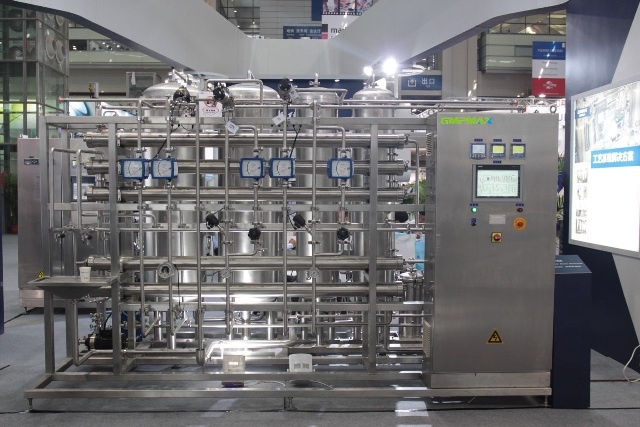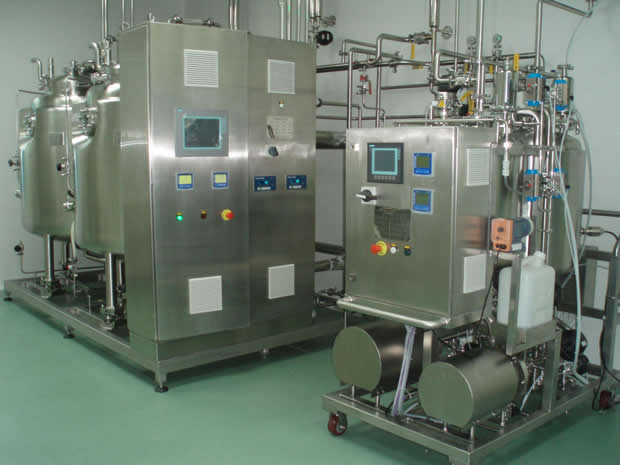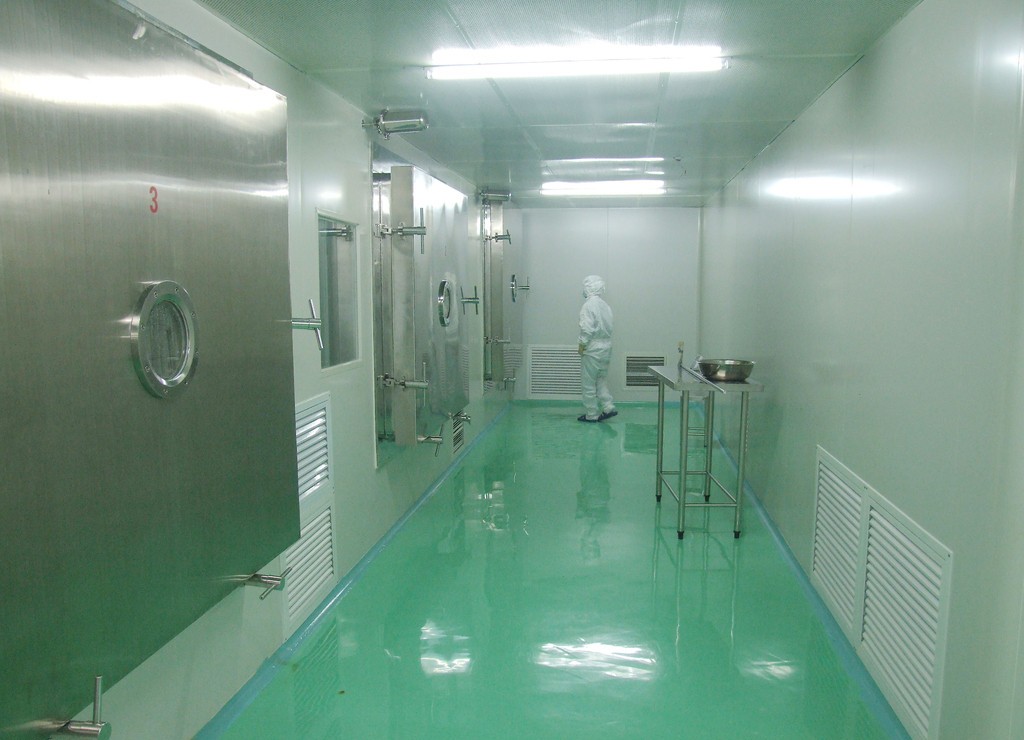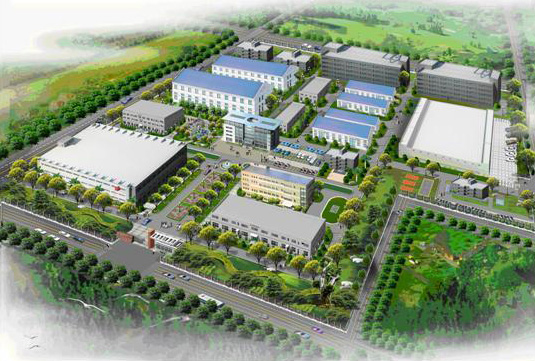- Clean Room
- HVAC System
- Water for Pharmaceutical Use
- Sanitary Distribution Piping
- Solution Formulation System
- CIP/SIP System
- Control System
- Tablet Production
- Capsule Production
- Powder Vial Production
- Liquid Vial Production
- Oral Liquid Production
- Eye Drop Production
- IV Solution Production
- Cream/Ointment Production
- Soft Gelatin Production
- Pilot Production
- Ampoule Production
November 2, 2011
"Right now, manufacturing experts from the 1950s would easily recognize the drug manufacturing processes of today," said Janet Woodcock, director of the FDA's Center for Evaluation and Drug Research (CDER), during her AAPS 2011 keynote address last week. She predicted the factors she thinks will impact the industry in the next 25 years, pointing out that a shift from batch to continuous manufacturing could cause today's processes to become obsolete. Continuous manufacturing is a more adaptable, flexible, efficient, and environmentally friendly process, she stated, making it a viable, competitive process for the industry.
Woodcock also expects that molecular medicine will revolutionize the pharmaceutical industry. Although we are just on the cutting edge of molecular discovery, she said as biomedical science advances, our understanding of health and disease at the molecular level will be "extremely powerful." Another trend Woodcock identified in her talk is the increase in chronic diseases caused by the modern, sedentary lifestyle. These diseases, such as Type 2 diabetes and obesity, are on the rise and are major killers in every country. Currently, we don't know if medicine can reverse this trend, she said. However, there is a clamor for effective drug interventions to address metabolic problems that go along with those diseases.
Emerging markets are also getting in the manufacturing game, according to Woodcock. Developing countries can't afford to pay for expensive equipment, so they are developing robust and cheap technologies that are portable and adaptable to their environments and economies.
Through the years, drug regulation has become increasingly intrusive and complex because of the many uncertainties that surround manufacturing, such as prediction of safety and understanding of drug efficacy. "If we can make those reliable, the less drug regulations we will need," Woodcock explained. Establishing international standards and improving Quality by Design (QbD) will drive production of quality drugs from the start of the manufacturing process. With those pieces in place, less regulatory oversight will be necessary. And that, Woodcock says, ought to be the goal.







